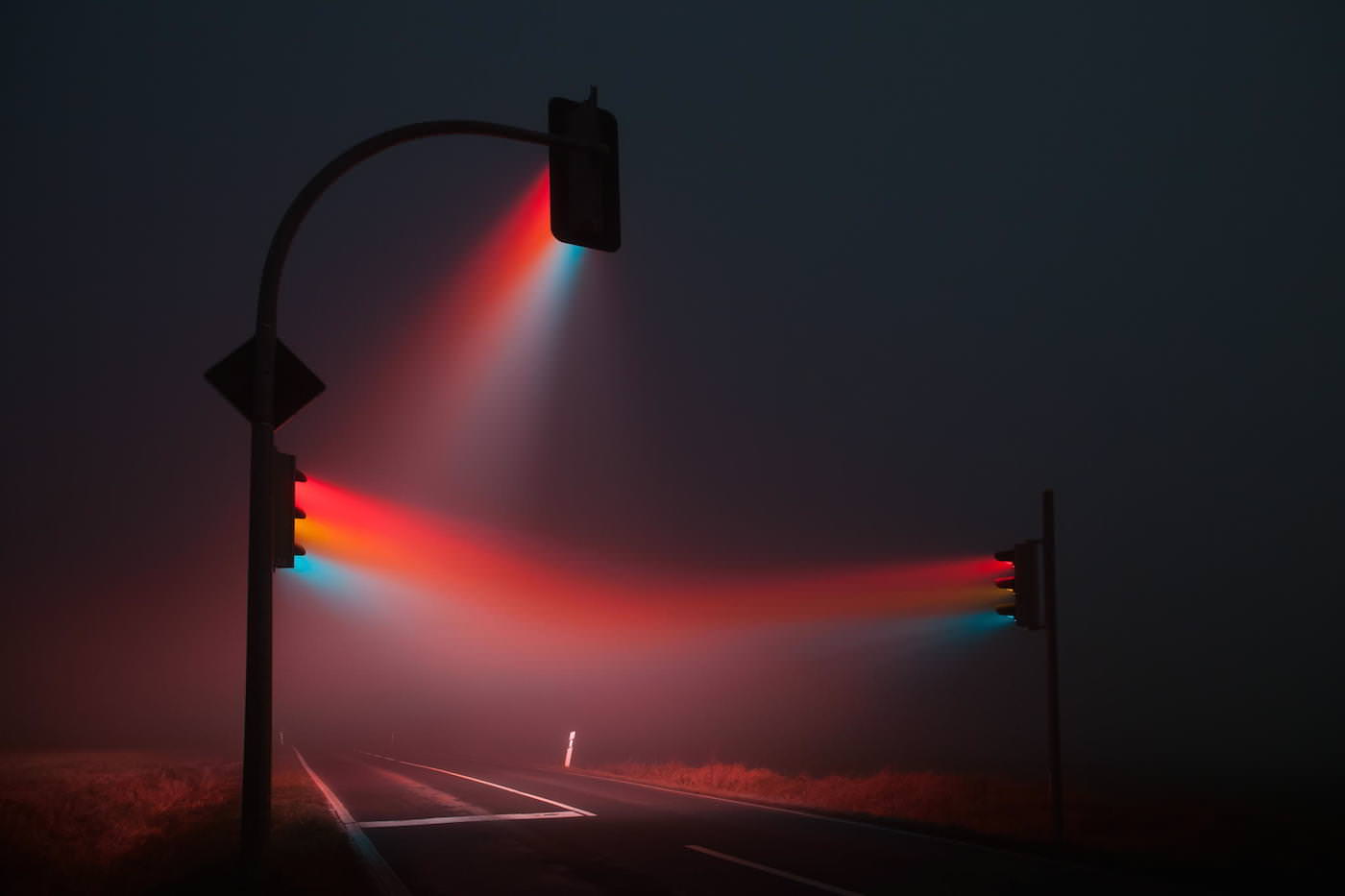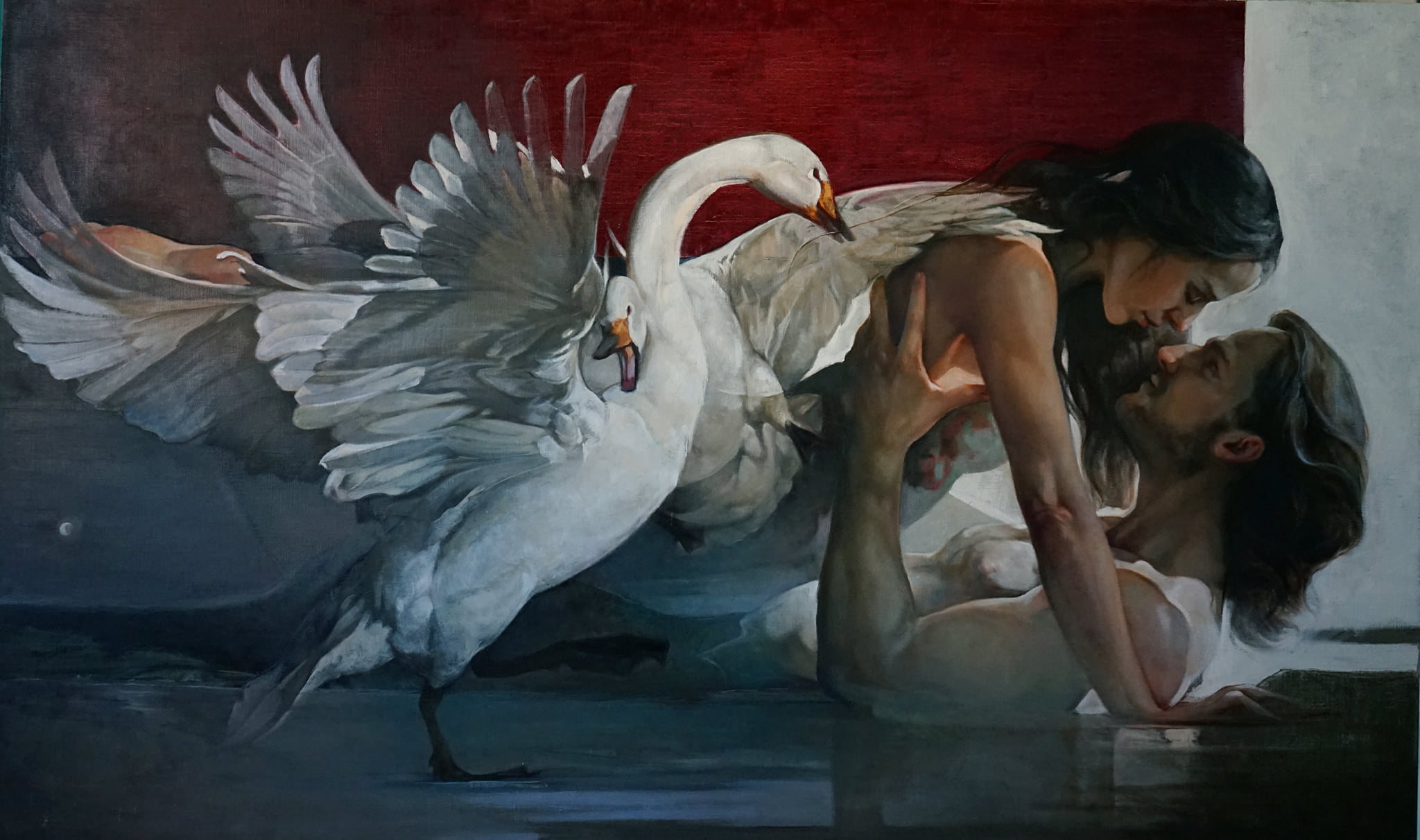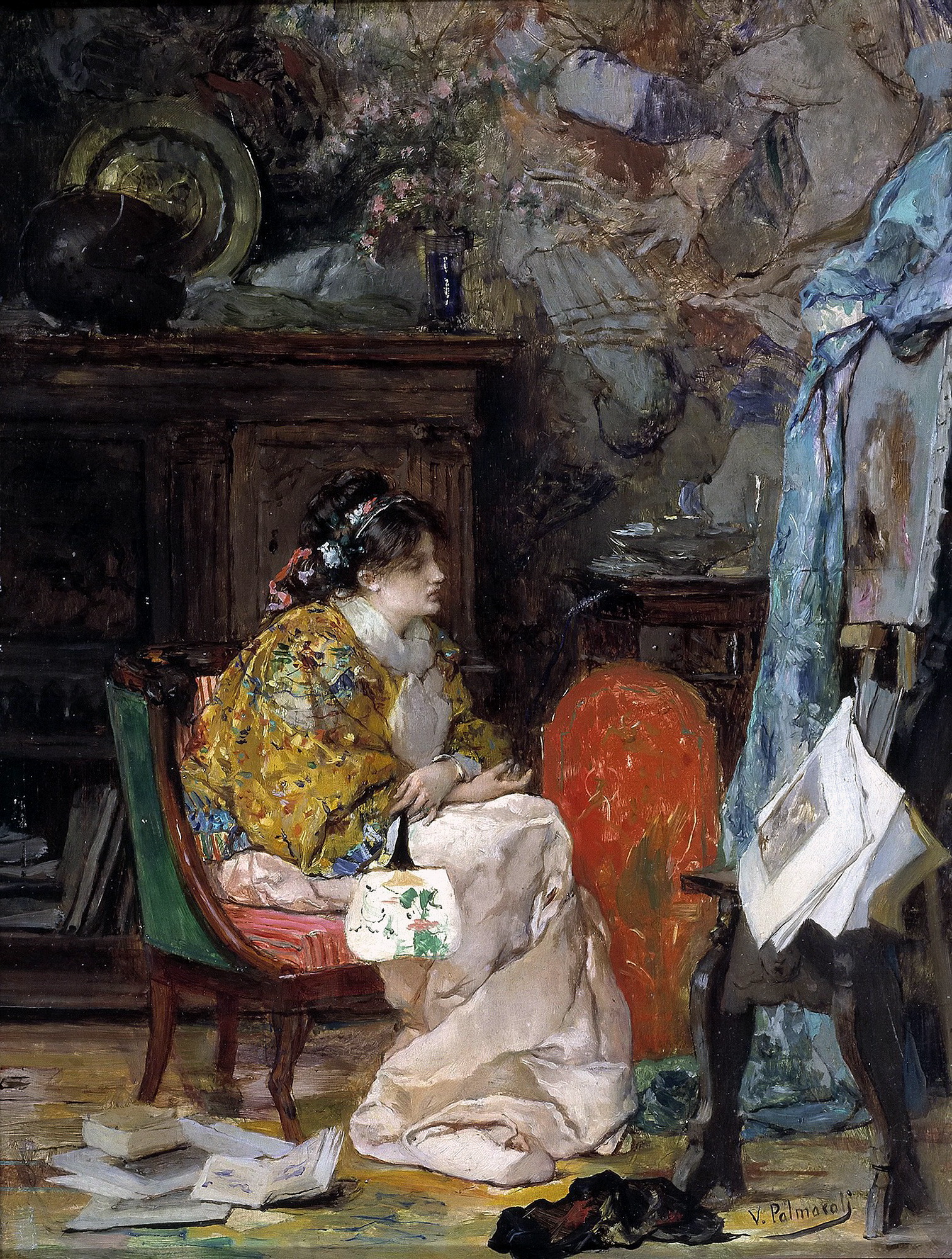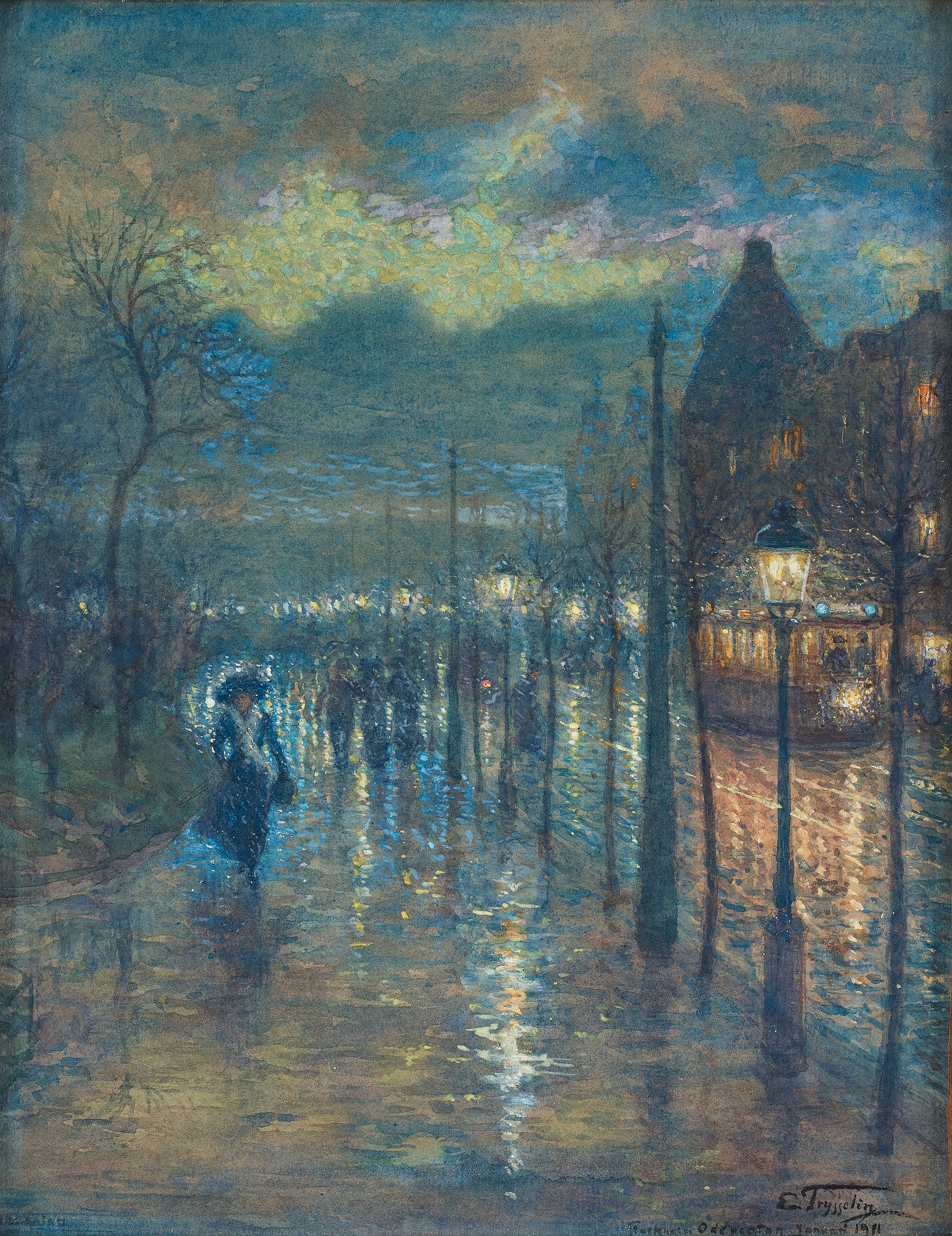Loie Fuller, original name Marie Louise Fuller, (born Jan. 15, 1862, Fullersburg [now part of Hinsdale], Ill., U.S.- died Jan. 1, 1928, Paris, France), American dancer who achieved international distinction for her innovations in theatrical lighting, as well as for her invention of the "Serpentine Dance", a striking variation on the popular "skirt dances" of the day.
Fuller made her stage debut in Chicago at the age of four, and over the next quarter century she toured with stock companies, burlesque shows, vaudeville, and Buffalo Bill’s Wild West Show, gave temperance lectures and Shakespearean readings, and appeared in a variety of plays in Chicago and New York City.
Sculpture of modern dance pioneer Loie Fuller at Brookgreen Gardens SC





.jpg)


